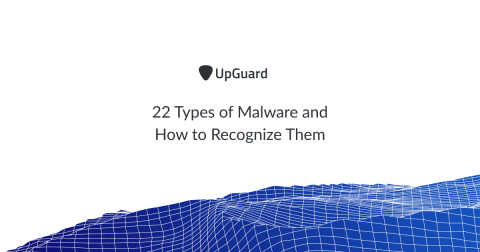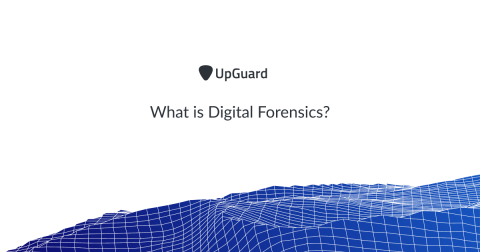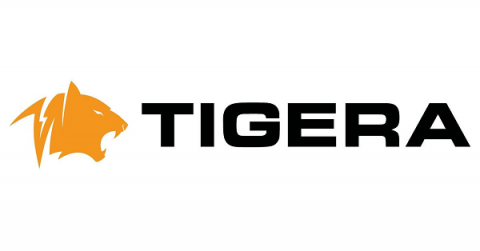22 Types of Malware and How to Recognize Them
Malware, or malicious software, is any program or file that harms a computer or its user. Common types of malware include computer viruses, ransomware, worms, trojan horses and spyware. These malicious programs can steal, encrypt or delete sensitive data, alter or hijack key computing functions and to monitor the victim's computer activity.









